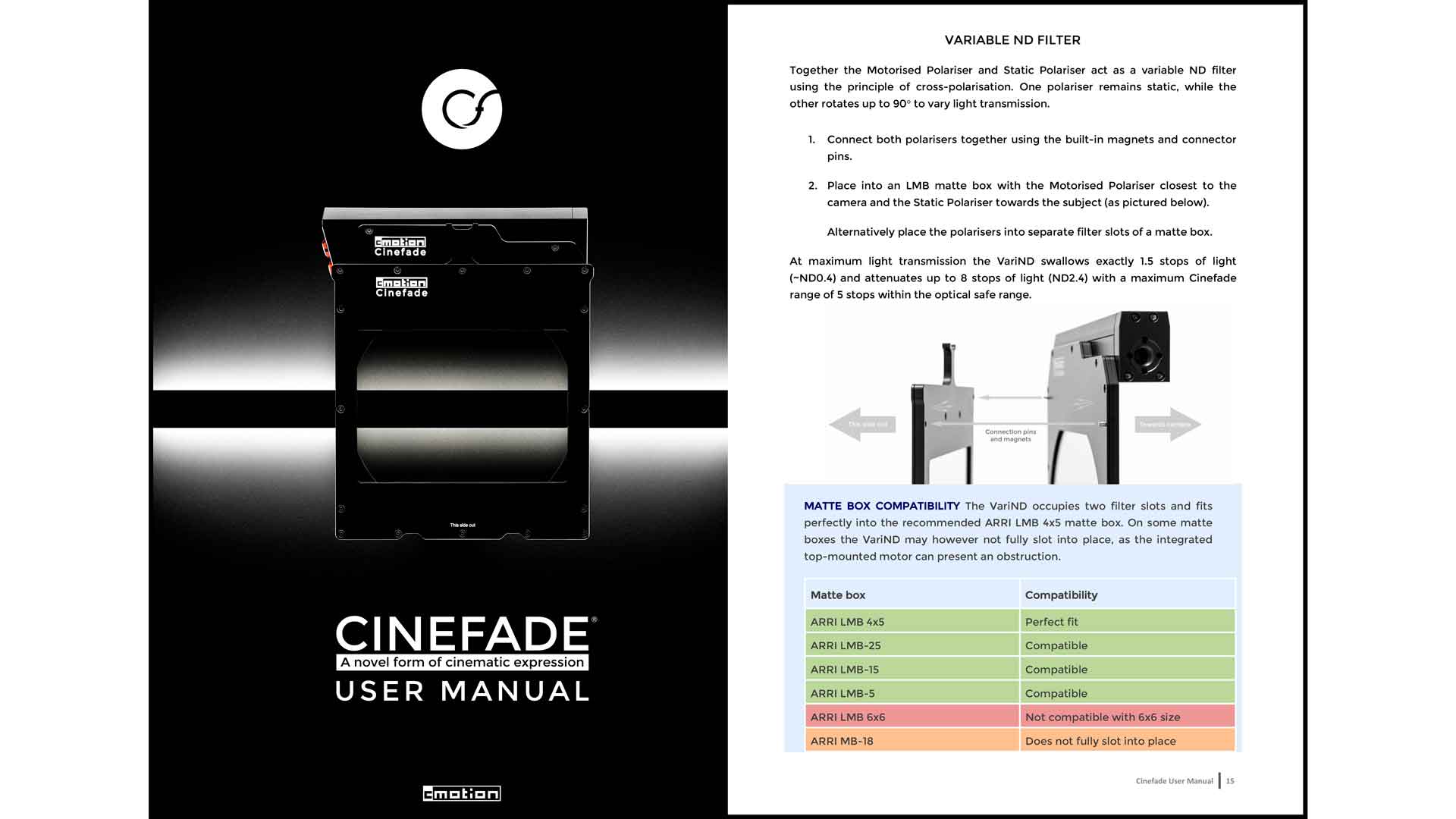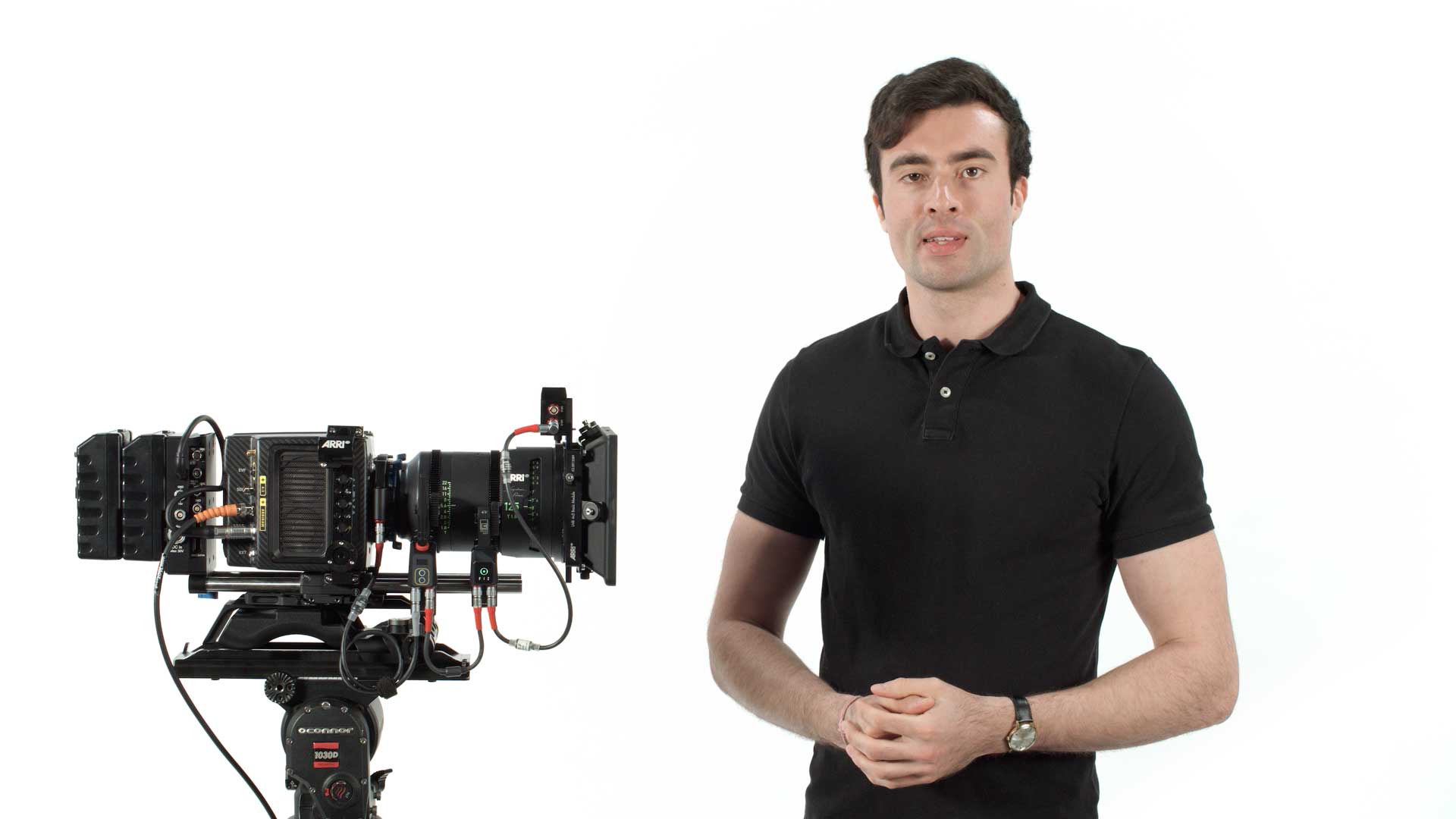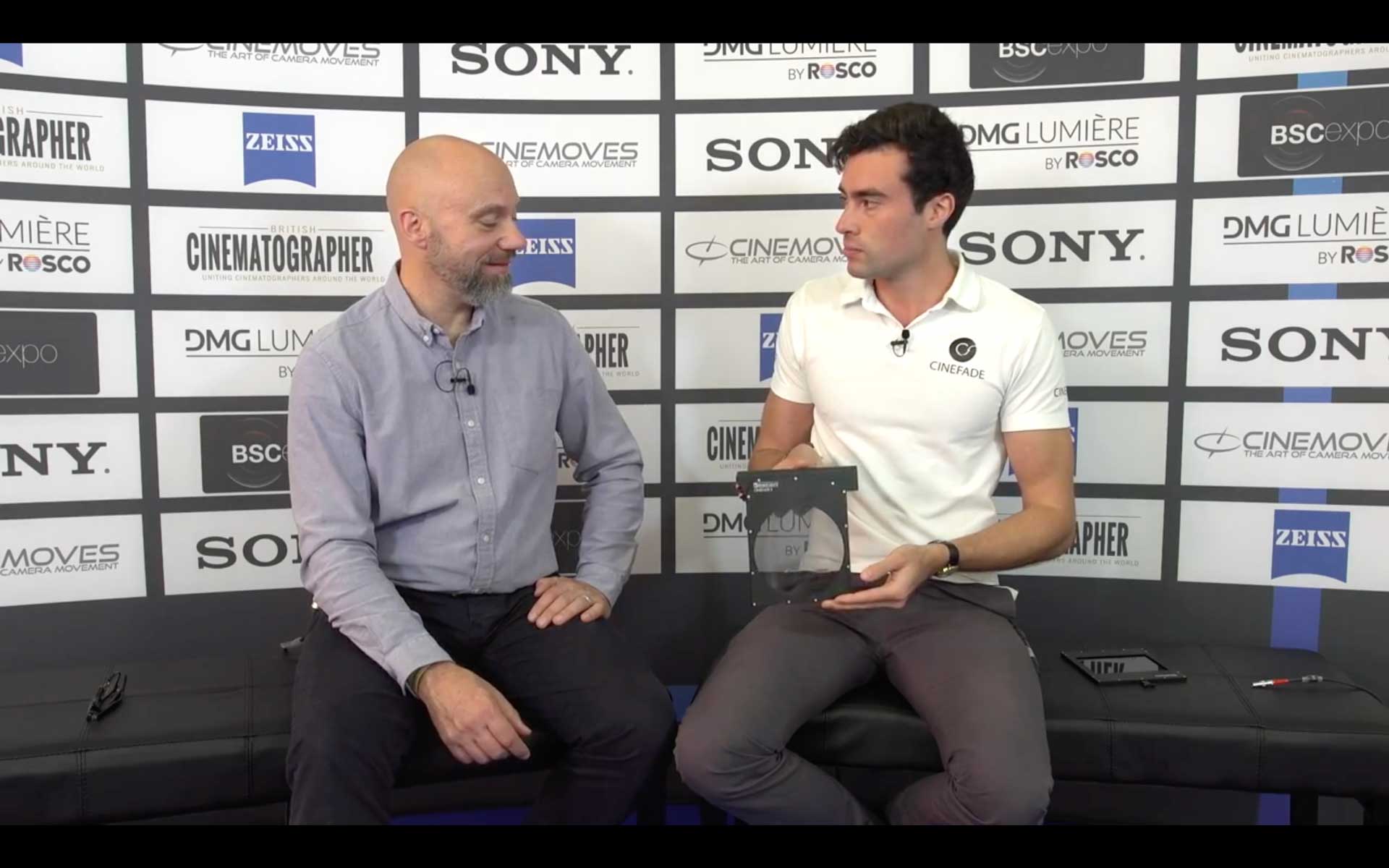The Sony FX6 and FX9 take the electronic ND feature one step further with bokeh control, which essentially allows operators to mimic the Cinefade variable depth of field effect. The aim of the bokeh control is to automatically change the built-in electronic variable ND filter to maintain a constant exposure when opening up or closing down the aperture.
Read More“We used this tool called the cmotion Cinefade. It’s a motorized variable ND filter that you sync to the iris so we could effectively pull depth of field. It’s quite extreme. You could pull five stops of depth of field. So we could go from a T8 to a 2. That thing kind of lived on the camera. There were times where we’d say, “It’s too much. Let’s look at it at a 5.6.” So you set the iris to a 5.6, the VariND compensates and now you’re looking at the same scene but with less depth of field. So, it was nice to be able to use focus and iris as a storytelling tool instead of just an exposure tool.” - Erik Messerschmidt ASC
Read MoreThe novel Cinefade system synchronises the external iris motor of a professional camera system with a light transmission filter to vary depth-of-field in film.
The same light transmission filter can also be used individually as a motorised variable ND filter that is remotely controlled by a cmotion lens control system to allow for precise and fast exposure changes when the camera is inaccessible or when the creative brief calls for an exact T-stop to maintain a consistent depth-of-field.























